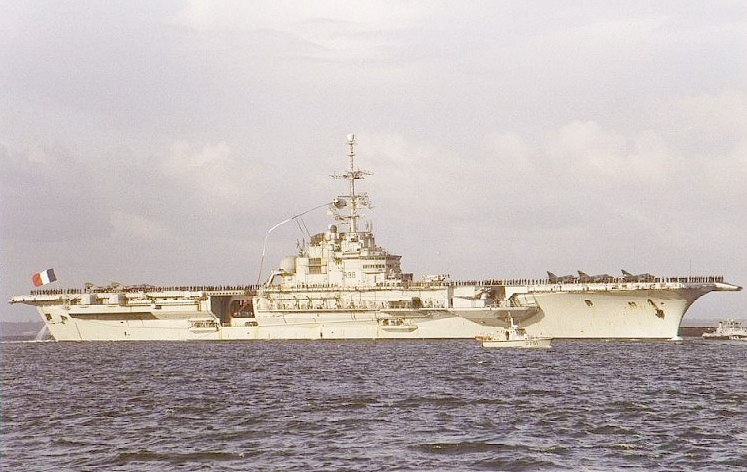- Joined
- 22 April 2012
- Messages
- 2,259
- Reaction score
- 2,316
The proliferation and then decline of the light fleet carriers post-war is a fascinating tale but one must understand the roles they performed. Once the Dutch ship lost its imperial policeman role it was left with two functions, ASW and fleet air defence, the Canadian ship was the same. The former was better provided within the available budget by a combination of helicopters distributed on frigates and destroyers combined with sonobuoy laying land based MPAs and the latter by guided missiles similarly deployed across escort fleets. Such solutions provided much higher availability than a single steam powered carrier. The south American and Indian ships were, in practical terms, prestige vessels and of questionable utility.
The emergence of the Harrier and the gas turbine changed things, ships could now have higher availability and the Harrier provided a light attack and fighter capability but those vessels built for them before 1990 were still designed around what I would call escort carrier type air wings and lacked the deep magazines and avgas reserves for really sustained strike operations. One of the reasons the QE class got so big is that they were conceived as strike carriers. Every ton one shaves off a carrier design is a sacrifice somewhere, combat endurance, combat systems, armament etc.
The Sea Control ship was essentially a modernised version of the WW2 escort carrier, slow, weakly armed and never intended to go anywhere really dangerous, the Spanish navy basically built one of Zumwalt's mid-Atlantic escort groups - frigates and all.
The emergence of the Harrier and the gas turbine changed things, ships could now have higher availability and the Harrier provided a light attack and fighter capability but those vessels built for them before 1990 were still designed around what I would call escort carrier type air wings and lacked the deep magazines and avgas reserves for really sustained strike operations. One of the reasons the QE class got so big is that they were conceived as strike carriers. Every ton one shaves off a carrier design is a sacrifice somewhere, combat endurance, combat systems, armament etc.
The Sea Control ship was essentially a modernised version of the WW2 escort carrier, slow, weakly armed and never intended to go anywhere really dangerous, the Spanish navy basically built one of Zumwalt's mid-Atlantic escort groups - frigates and all.
Last edited:

